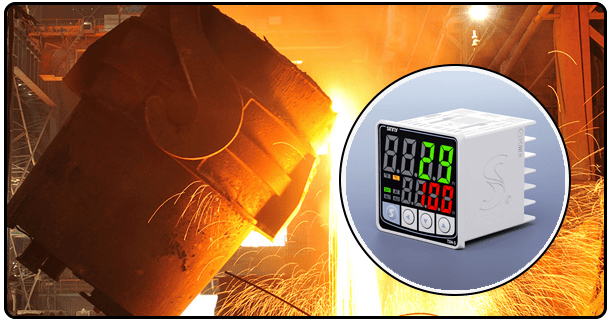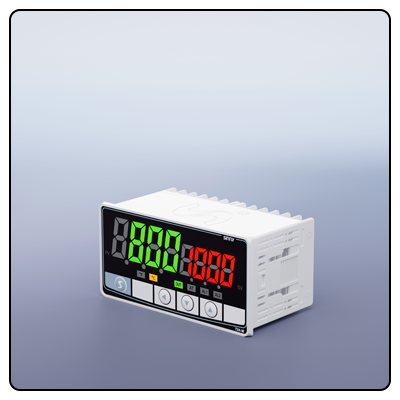How Does A Digital Temperature Controller Work?
This comprehensive guide will help you discover the inner workings of digital temperature controllers. It will show you how they use sensors, microprocessors, and algorithms to maintain exact temperatures across a variety of settings.
Digital temperature controllers are essential for temperature regulation, providing precise temperature regulation overheating and cooling systems. These devices have wide applications in industrial manufacturing and household applications; this article will shed some light on their workings by detailing components, operations, and algorithms governing their functionality.
1. Introduction to Digital Temperature Controllers
A digital temperature controller is an electronic device used for managing temperatures. It receives data from sensors, processes it, and initiates responses triggered by it to heat or cool a specific environment. As opposed to analog controllers that rely on mechanical adjustments for temperature management, digital controllers use electronic components for more accurate and effective temperature management.
Core Components
A digital temperature controller's operation depends upon several key elements. These include the following components:
* Sensors: Sensors are devices that measure temperature. Common types include thermocouples and resistance temperature detectors (RTDs), which proportionate electrical signals to temperature changes.
Microprocessors: At the heart of every controller lies its microprocessor, which processes sensor signals and implements control algorithms to maintain desired temperatures.
* Output Relays/SSRs: These components actuate heating or cooling elements according to commands received from a microprocessor.
2. Control Process
A digital temperature controller's control process involves several steps. Here is how the process unfolds:
1. Input Readings and Data Conversion: Sensors sense current temperature and convert it into an electrical signal for conversion by data converters into digital format for microprocessors.
2. Data Conversion (analog to Digital Conversion): When sensors read an electrical current signal from sensors, they convert it into a digital format that the microprocessor understands. Converting Analog Signal into Digital Format
3. Setpoint Comparison: A microprocessor compares digital data against its setpoint - or predefined desired temperature - before making decisions based on this comparison.
3. Control Algorithms
Digital temperature controllers employ various algorithms to maintain their desired setpoint.
* On/Off Control: An on/off controller provides the simplest form of temperature regulation by turning output devices on or off as required to maintain optimal conditions.
* PID Control: PID control, or Proportional Integral and Derivative Control, is an advanced method that uses proportional integral derivative calculations to minimize temperature variations.
* Fuzzy Logic Control: Fuzzy logic control provides an alternative to PID control for systems without an accurate model of the controlling process.
Feedback Mechanism
This is an essential feature of closed-loop control systems:
* It enables a controller to alter its output depending on differences between actual temperature and setpoint temperature.
* Continuous temperature regulation ensures temperatures stay as close to their set point as possible.
Output and Actuation
Once the microprocessor determines an action is needed, it sends a response signal to output relays or SSRs.
* These components activate or deactivate heating or cooling elements as desired or modulate their intensity accordingly.
* Selecting relays or SSRs depends upon your application's speed and precision requirements.
User Interface and Settings
Digital temperature controllers come equipped with user-friendly user interfaces that facilitate easy interaction.
* Users can easily set and monitor desired temperature settings, control parameters, as well as check system status.
* Some controllers also have connectivity options that facilitate remote monitoring and control.
4. Digital Temperature Controller Applications and Advantages
Temperature controllers have become indispensable tools in many settings, including hospitals, businesses, and schools.
* Industrial: They control temperatures in processes where precision is crucial, like chemical plants or food production facilities.
* Consumer Products: Controllers are heavily used in household appliances such as ovens, refrigerators, and HVAC systems to ensure their efficient functioning.
Digital controllers offer several distinct advantages over analog ones:
* Accuracy: Digital controllers offer more accurate temperature readings and management.
* Programmability: Flexibility in their operation allows them to adapt to numerous environments and situations.
* Connectivity: Many digital controllers connect directly with networks for advanced monitoring and control purposes.























